History of Classical World Music
Who does not know what classical music...?
Classical music is one type of music that has a big role in human life. The benefits of classical music are also a flow of music rooted in western art, orchestral music, and Christian music introduced in the 9th century through the 21st century. In the European countries themselves classical music is divided into popular classical music and classical music en Europe. In addition, classical music is often used by composers to teach music bearers about pitch, metrum, individual rhythms, speed and so on to avoid improvisations and excessive ornaments. Broadly speaking, the history of classical music is divided into 3 kinds:
- Age Baroque and Rokoko (17th century)
- Classic Period (18th Century)
- Romantic Era (mid-18th century)
This is the history of classical music:
Medieval
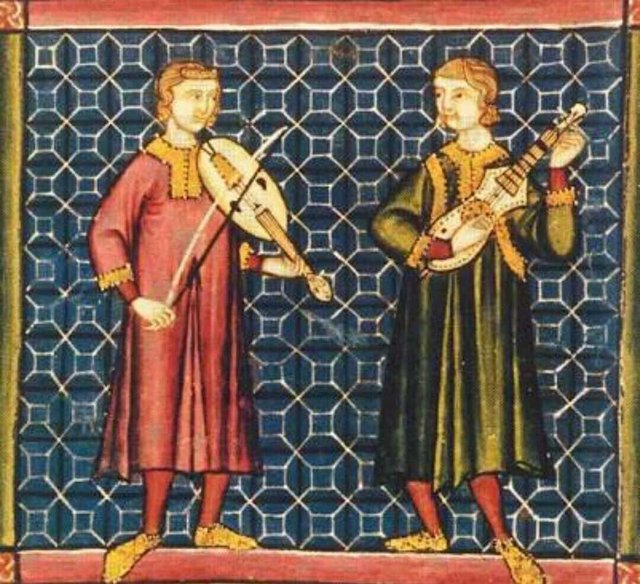
The history of classical music was first closely related to the epoch of the medival period. Beginning of classical / traditional European music began at the end of the Romanian Empire in the year 500 until the beginning of the Renaissance era in 1400. One of the famous songs in this century period of the Gregorian Chant or commonly called Gregorian Song. . Gregorian Chant was dominant in this era until the 1100s. Furthermore, in that period until the beginning of the Chant Polyphonic period, music began to be developed in such a way that it becomes a more complex sound with a more complete blend of musical instruments, but not yet up to the latest stage.
Renaissance
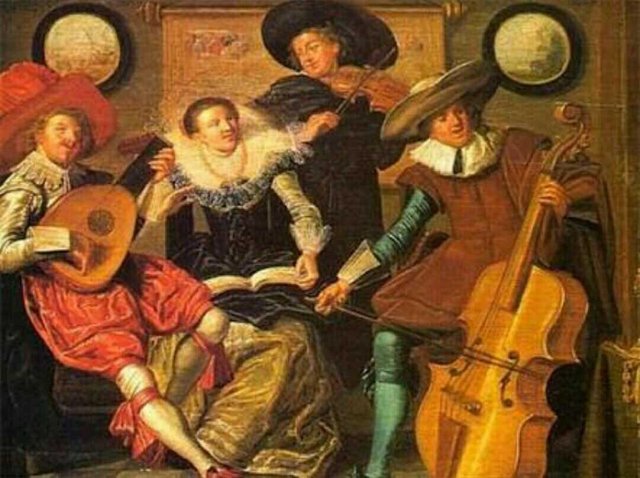
The period that also witnessed the silent history of classical music was the Renaissance period. The Renaissance period lasted for approximately 200 years from 1400 to 1600. In this period, the use of more diverse musical instruments and the type of classical music produced is also more vareatif. In this period is also the first time music notation and European musical ornaments began to form. That's what makes the latest innovations arise when the discovery of song partitures can facilitate musicians in playing songs without having to bring in songwriters.
Baroque (1600-1750)
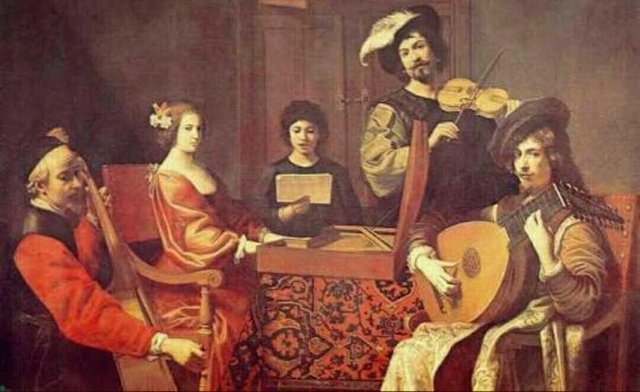
The Baroque period is the middle period in which the musical characteristics of this period have used a more sophisticated, tonal counterpoint complex with the addition of a bass line. The presence of opera music drama began to form a different image of the art of classical music itself. Vocal shapes such as oratorio and cantata also seem to be more common in listening. The type of musical instrument in the ensemble also begins to be differentiated and classified by shape. This is the starting point for the formation of orchestral music that we often hear in music performances.
Classic (1750-1830)
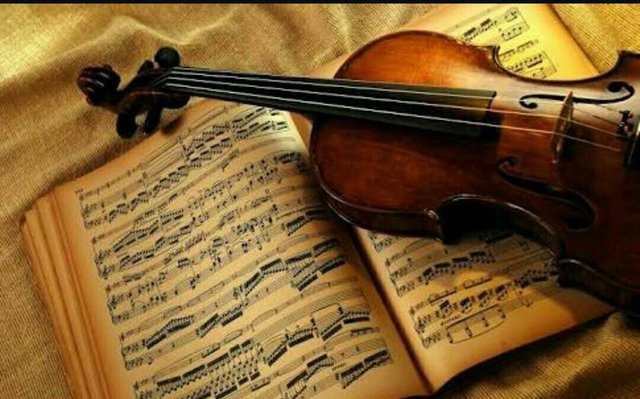
In the classical period, norms have been created in creating classical music presentations, styles and compositions. In this period, the piano is also the most important element of the musical instrument used so that the resulting musical characteristics appear lighter, less complicated, but clearer when compared to classical music in the Baroque period. Opera began to be developed at this stage and the orchestra no longer used the harpsichord but was replaced with piano and fortepiano instruments.
Romantic (1815-1910)
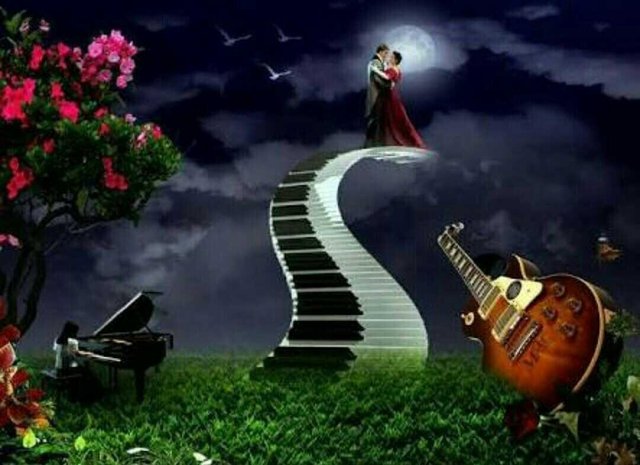
In the romantic period, the composers focus more on the more complex and long melodic lines combined with elements of expression and emotion that go hand in hand with the romanticism that creates other art forms than others. In 19th century music art institutions in Europe began to emerge along with the popularity of composers songs that have a respectable and highly esteemed life. Not only music art institutes are emerging but some classical music preservation organizations and music teaching organizations also contribute to the development of classical music in a better direction.
Contemporary Period Modern
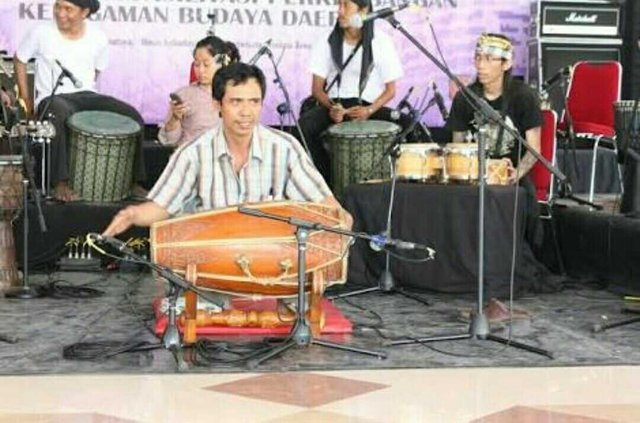
The history of classical music has finally arrived in this century. Music in the contemporary modern period is characterized by the emergence of several songwriters who reject the values of previous period such as traditional tonalty, the selection of musical instruments, melodies and structures. They emphasize the development and expansion of music theory and techniques. For example, the twentieth century classical music (1999 - 2000) consisting of a wide variety of Post Romantic combinations thoroughly, as well as Modern Post and Modern Romantic are also combined. Hopefully the classic world music history information above can add to your insight into classical music and its flow.
Exceptional of this information I hope steemit friends will always provide positive information to the news that is sent so that we can share knowledge in this extraordinary media